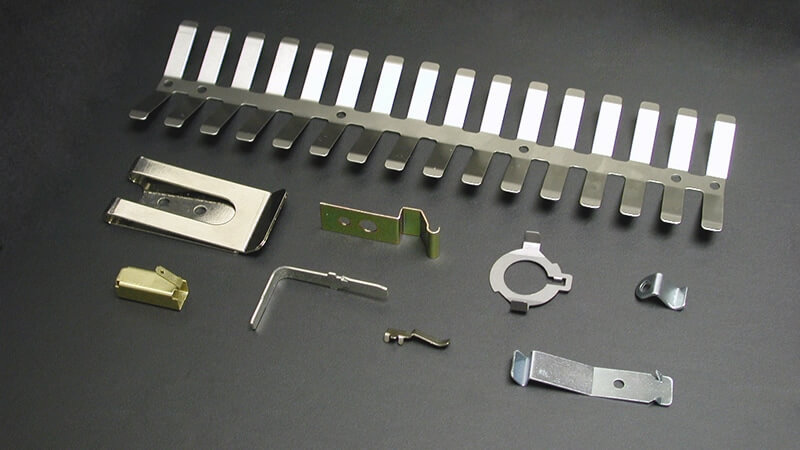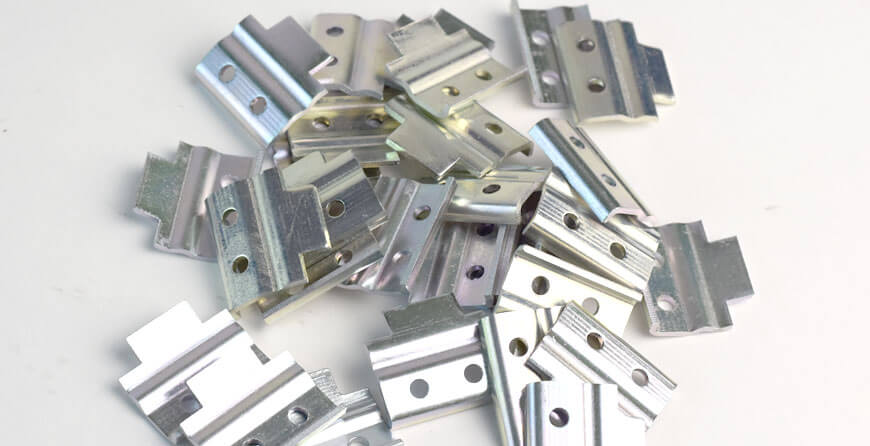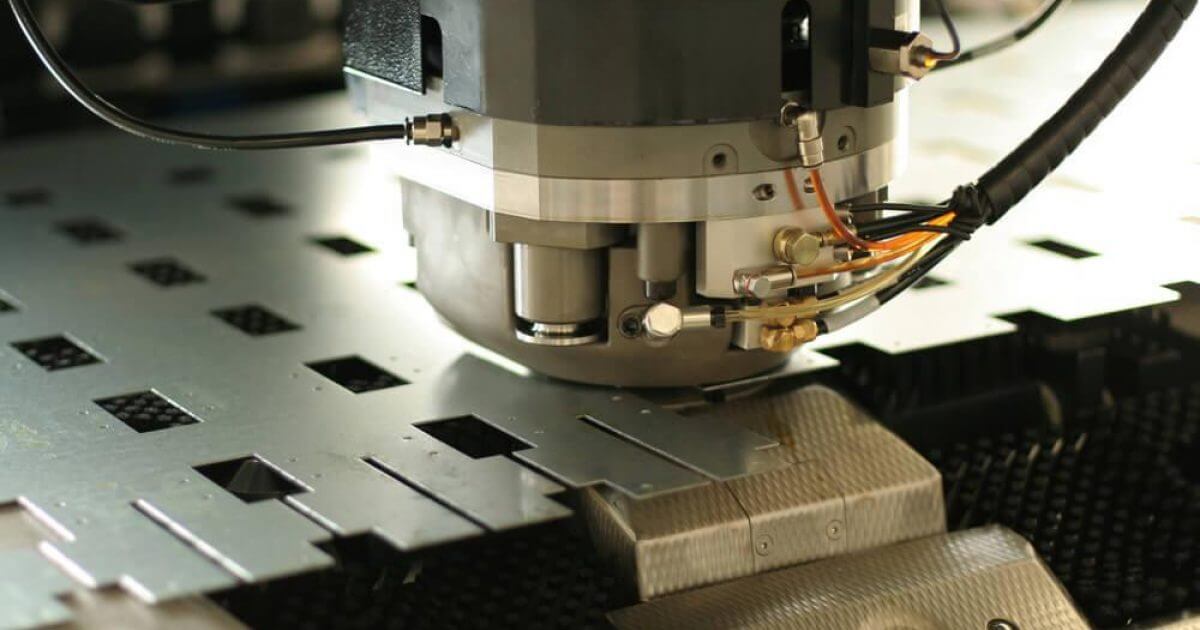Introduction and Benefits of Precision Metal Stamping
Precision metal stamping is a metal forming technique. In order to form shapes and features on sheet metal, a stamping process is required. The stamping process can be used to bend sheet metal, punch holes in sheet metal, shear and shear to form sheet metal or parts. Thompson Machining specializes in manufacturing small or large progressive stamping dies, mainly for the medical and automotive industries.
Traditionally, it was known as metal stamping. However, with the advancement of technology, stamping machines are being automated. One of the ways to automate stamping machines is to combine them with computer numerical control (CNC) technology. Since CNC machining is known as a precision manufacturing technology, CNC integrated stamping machines are known as precision stamping machines.
Ultimately, CNC-enabled metal stamping is known as precision metal stamping. The process can be used to manufacture a variety of industrial products, but it is important to fully understand the process before adopting it.
This article discusses what precision metal stamping is and the benefits of adopting precision stamping machines instead of traditional stamping machines.

1.Types of Precision Metal Stamping
Precision metal stamping is a metal forming technique that is performed using automated precision metal stamping machines. The process involves striking a metal sheet with a punch or die to bend and stretch the metal sheet. During this process, the precision stamping machine is automated or programmed to repeatedly punch the metal sheet with a specific force. Due to the shear force applied by the punch or die, the metal sheet deforms, resulting in bending, punching or stretching of the metal sheet. The precision stamping process depends on the type of metal sheet, the characteristics of the metal sheet and the capabilities of the precision stamping machine. There are two commonly used machines, and the quality of metal stamping also varies from machine to machine.
1) Mechanical stamping machine
A mechanical stamping machine is a mechanical device with a flywheel that stores energy. Depending on the movement of the flywheel, the energy is converted to the punch or die. The energy transfer results in a stamping action on the metal sheet. Usually, these setups are integrated with CNC functions to accurately perform the stamping process in a seamless sequence. These types of precision stamping machines can handle stamping loads from 20 to 6000 tons. The stroke size of such machines is maintained between 5 and 500 mm.
2) Hydraulic stamping machine
Hydraulic stamping machines are stamping equipment that are hydraulically operated. These systems can also be integrated with CNC functions to achieve fast, error-free and automated stamping operations. These units can have stroke sizes up to 800 mm and can handle loads up to 10,000 tons.

2.Advantages of Precision Stamping Machines over Stamping Machines
Obviously, if a mechanical or hydraulic punch press is sufficient for forging sheet metal, then why invest in a precision stamping machine with integrated CNC capabilities? The precision stamping process offers the following advantages that make it worth investing in a precision stamping machine.
1) Automation
It is an automated process. This is one of the biggest advantages of precision stamping. When integrated with CNC capabilities, the stamping process becomes seamless on the production line. This increases production efficiency and saves on manpower investment. It also reduces human errors and improves precision and dimensional accuracy.
2) Fast Turnaround Time
Automation plays a major role in the turnaround time of precision stamping. With automation, the time to change tools, workpieces, etc. is reduced, so the total production time is also reduced.
3) Tool Changes
Depending on the material properties, punching dies can be divided into soft dies, hard dies, and step dies. Strategic changes in die load prevent cracking or damage to the sheet.
4) Applicable to various processes
Precision metal stamping has a wide range of applications, such as punching, embossing, multi-faceted stamping, shearing and bending, deep drawing and fine stamping, and other production processes.
